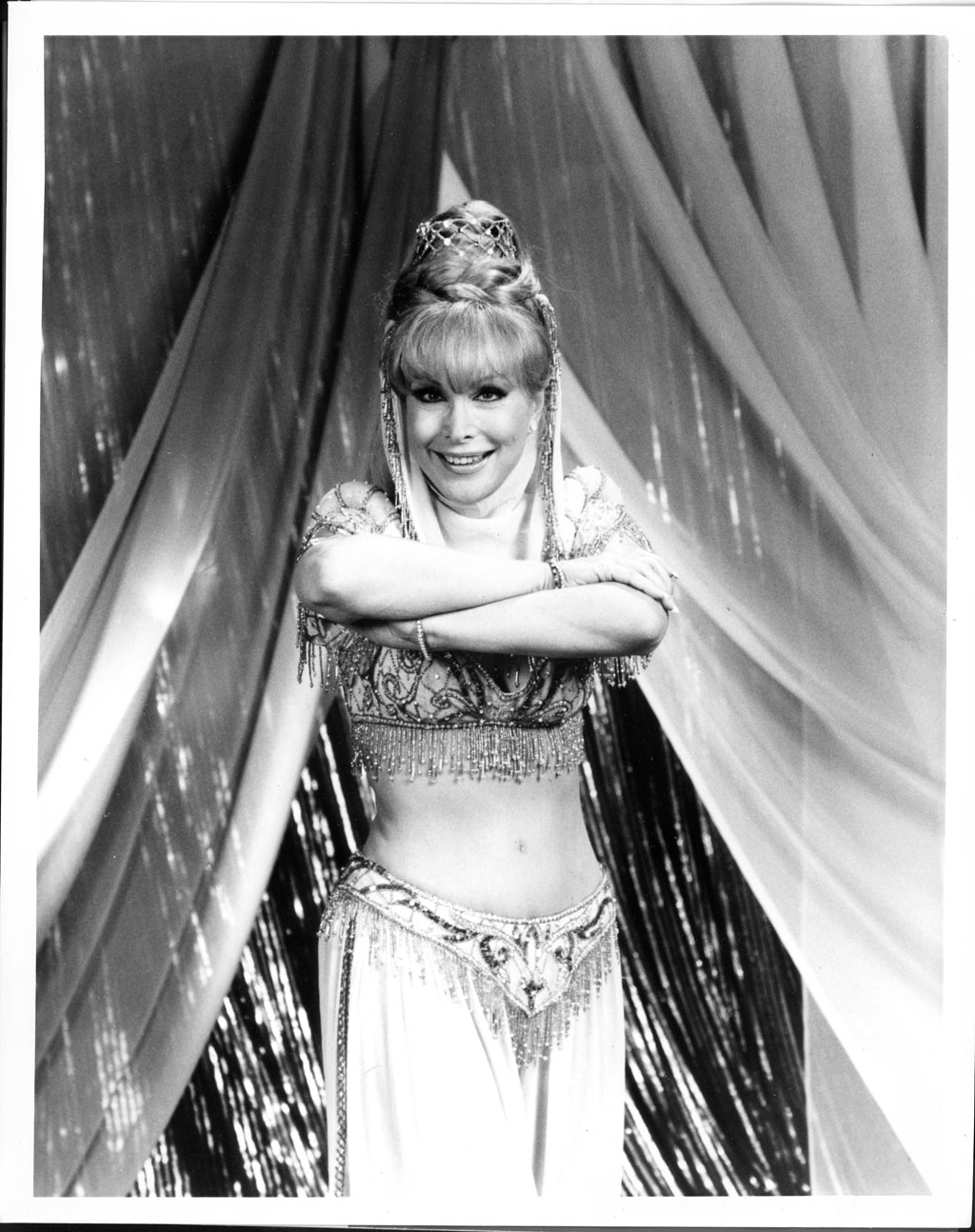By Matt Roush, ReMIND Magazine
You bet your sweet bippy that 1968 was an unforgettable year in television.
Though it was also the apex of one of the most turbulent and tragic eras in U.S. and world history, 1968 on TV was mostly about offering a giddy, great escape, adhering to traditional and fondly remembered formats like the Western and variety show. Still, TV couldn’t help but reflect the times, which most definitely were a-changin’.
Nowhere was this more apparent than on the hottest, and freshest, sensation of 1968: Rowan & Martin’s Laugh-In on NBC. Opening the doors of its fabled joke wall in January, the chaotic Laugh-In brought trippy psychedelic irreverence into living rooms with the timeless rhythms of vaudeville shtick and shameless knock-knock — make that chicken — jokes.
A launching pad for stars including Goldie Hawn, Henry Gibson, Judy “Sock It to Me” Carne, Arte Johnson and eventually Lily Tomlin, Laugh-In was oh-so-mod in its wink to the sexual revolution, with its graffiti-painted dancers in bikinis. Camouflaging its barbed political jokes in rapid-fire crowd-pleasing routines that viewers found “ver-r-r-y interesting” and absolutely hilarious, Laugh-In was an instant hit, reigning as the year’s top-rated show with an average 31.8 million viewers.
But even as The Smothers Brothers Comedy Hour courted controversy on CBS and ABC paid lip service to the counterculture with the “hippie cops” of the trendy new The Mod Squad, America in 1968 was largely tuned in to comfort-food humor delivered by beloved entertainers.
While the Vietnam War raged on, audiences got their jollies from the cornball antics of Jim Nabors as Gomer Pyle, U.S.M.C., TV’s No. 1 sitcom. Spun off from The Andy Griffith Show, which transitioned in 1968 to Mayberry R.F.D., Gomer led the popular pack of down-home comedies that included the long-running The Beverly Hillbillies and its progeny, Petticoat Junction and the merrily twisted Green Acres.
Lucille Ball, TV’s leading lady of laughter since I Love Lucy in the 1950s, was still going strong as a CBS headliner. The Lucy Show became Here’s Lucy in 1968, and Lucy Carmichael was now Lucy Carter, flanked by her real-life kids, Lucie Arnaz and Desi Arnaz Jr.
Fictional family affairs were all the rage, including CBS’ Family Affair, with Brian Keith’s Uncle Bill and Sebastian Cabot’s Mr. French helping raise Cissy and the adorable Buffy and Jody. The enduring, endearing My Three Sons kept adding to its sprawling clan when newlyweds Robbie and Katie welcomed triplets in the fall of 1968 — three sons, wouldn’t you know.
And after a long career in movies and music, Doris Day joined the CBS family in The Doris Day Show, an enterprise driven more by her need to pay off debts incurred by her late husband/manager, but “Que Sera, Sera,” we loved her anyway, and she stayed for five years.
Magic and innocent sex appeal brought spice to Bewitched (starring Elizabeth Montgomery) and I Dream of Jeannie (starring Barbara Eden), and we were just as enamored with the more realistic New York misadventures of That Girl Ann Marie (Marlo Thomas).
In the thriving arena of star-driven variety shows, a lost art in today’s culture, The Carol Burnett Show had just started its legendary 11-season run, making us laugh as the brash comedienne’s top-notch ensemble (Harvey Korman, Vicki Lawrence, Lyle Waggoner and later Tim Conway) cracked each other up. They joined the ranks of The Dean Martin Show, The Red Skelton Hour and The Jackie Gleason Show, with Ed Sullivan continuing to introduce all types of acts to America while Lawrence Welk provided bubbly champagne music for the ages.
The Western, another favorite longtime TV genre that has mostly disappeared, was well-represented in 1968, with the Cartwrights of Bonanza and Dodge City’s Matt Dillon in Gunsmoke occupying slots in TV’s Top 10, proving that even a decade after the Western had peaked on TV (with 31 shows in 1958-59), our past could be just as potent as the present. Other Westerns upholding the tradition included The Virginian, Daniel Boone, The Big Valley, The High Chaparral, The Guns of Will Sonnett and the more fanciful The Wild Wild West.
Contemporary crime dramas were gaining ground on TV. Dragnet‘s Jack Webb introduced the patrolmen of Adam-12, and an exotic setting with a driving theme song catapulted Hawaii Five-O into a long run (that continues today in CBS’ reboot). Raymond Burr as Ironside, Mike Connors as Mannix and Efrem Zimbalist Jr. in The FBI helped keep the peace. And though The Man From U.N.C.L.E. and I Spy bowed out in 1968, Mission: Impossible, The Avengers from the U.K. and goofy Maxwell Smart of Get Smart made spies look cool, even funny.
On TV’s cutting edge, CBS’ import of the surreal The Prisoner made 1968’s box-office champ 2001: A Space Odyssey seem almost tame. Star Trek, never imagining it would have the staying power it enjoys today, broke ground with America’s first interracial TV kiss, between Kirk (William Shatner) and Uhura (Nichelle Nichols). NBC also made strides in diversity by casting Diahann Carroll as a widowed mother and nurse in Julia.
But of all of 1968’s TV innovations, none have had the lasting impact of CBS’ 60 Minutes, still making headlines 50 years later as the gold standard of newsmagazines.
Take that, fickle finger of fate. 1968 is forever!
Brought to you by the publishers of ReMIND magazine, a monthly magazine filled with over 95 puzzles, retro features, trivia and comics. Get ReMIND magazine at 70% off the cover price, call 1-855-322-8784 or visit remindmagazine.com

